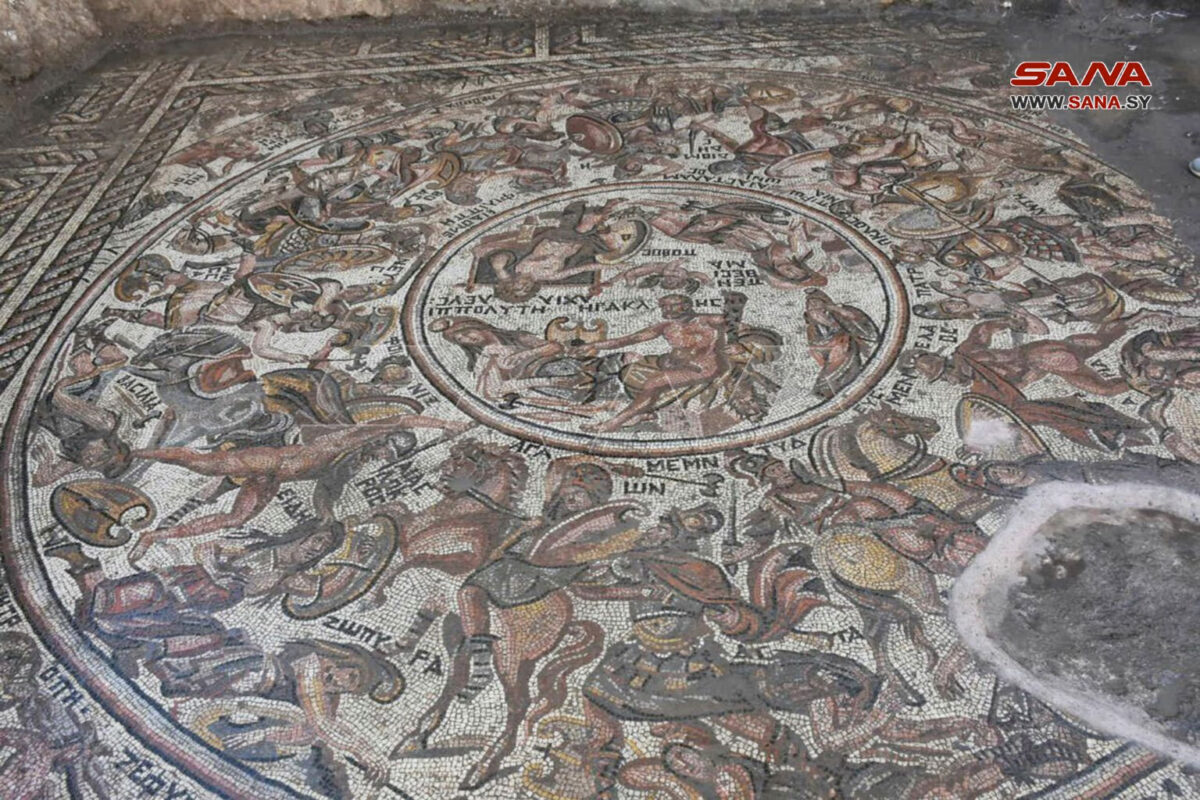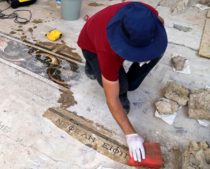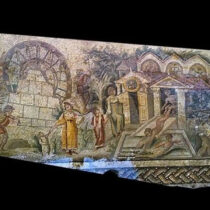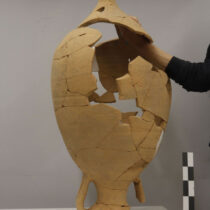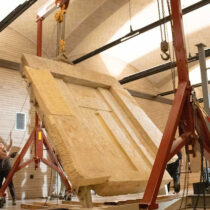Syrian authorities recently uncovered a mosaic from the Roman era dating back to the 4th century AD and considered one of “the rarest” and “most complete” ever found in the country.
The 1,600-year-old mosaic was found in the city of Al Rastan in the Homs province of central Syria. Al Rastan is built on the site where the Hellenistic city of Arethusa once stood.
The mosaic depicts a “rare scene” in which “the details and names of the Greek kings and heroes who participated in the Trojan War are clearly visible,” said Hammam Saad head of excavations and archaeological studies at Syria’s General Directorate of Museums to the AFP.
“We don’t have any similar mosaic,” added Saad, noting that while this work is “not the oldest” in Syria, it is “the most complete and the rarest.”
“The section that has been uncovered so far is 20 meters long and 6 meters wide,” he continued, pointing out that there are other sections that have yet to come to light.
This is the ninth mosaic to have been discovered at this archaeological site.
Syria, a melting pot of many cultures over the millennia, from the Canaanites to the Umayyads and the Greeks, Romans and Byzantines in between, has abundant archaeological treasures. Some were destroyed during the war that began in 2011.
In the city of Homs, the Um Al Zennar Church was burned, the Khalid ibn al-Walid
Mosque was damaged, while mosaics were stolen from Al Rastan.
For more photos of the mosaic, click here.
